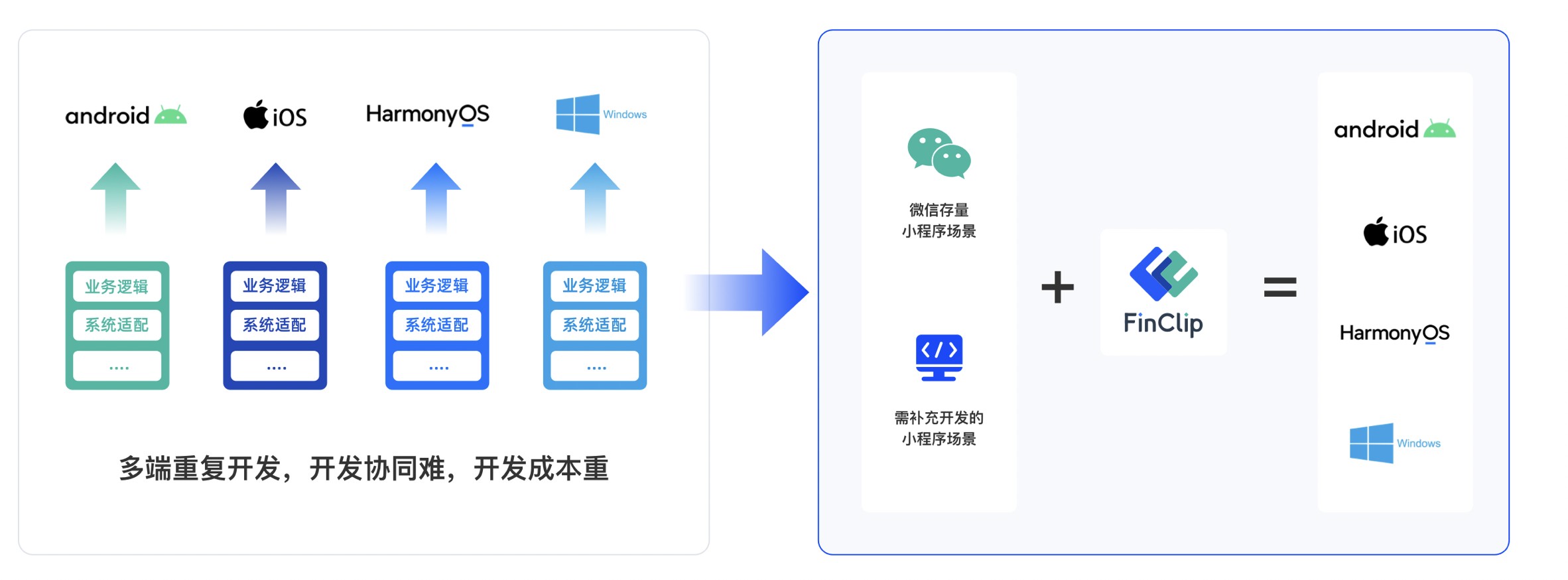怎样在小程序里实现标题的更改
792
2022-11-03

TensorSpace.js 是一套用于构建神经网络3D可视化应用的框架

TensorSpace.js
Present Tensor in Space
English | 中文
TensorSpace is a neural network 3D visualization framework built using TensorFlow.js, Three.js and Tween.js. TensorSpace provides Keras-like APIs to build deep learning layers, load pre-trained models, and generate a 3D visualization in the browser. From TensorSpace, it is intuitive to learn what the model structure is, how the model is trained and how the model predicts the results based on the intermediate information. After preprocessing the model, TensorSpace supports to visualize pre-trained model from TensorFlow, Keras and TensorFlow.js.
Fig. 1 - Interactive LeNet created by TensorSpace
Table of Content
MotivationGetting StartedAwesome TensorSpaceExampleDocumentationChangelogContributorsContactLicenseNext Episode
Motivation
TensorSpace is a neural network 3D visualization framework designed for not only showing the basic model structure, but also presenting the processes of internal feature abstractions, intermediate data manipulations and final inference generations.
By applying TensorSpace API, it is more intuitive to visualize and understand any pre-trained models built by TensorFlow, Keras, TensorFlow.js, etc. TensorSpace introduces a way for front end developers to be involved in the deep learning ecosystem. As an open source library, TensorSpace team welcomes any further development on visualization applications.
Interactive -- Use Layer API to build interactive model in browsers.Intuitive -- Visualize the information from intermediate inferences.Integrative -- Support pre-trained models from TensorFlow, Keras, TensorFlow.js.
Getting Started
Fig. 2 - TensorSpace Workflow
1. Install TensorSpace
Install in the Basic Case
Step 1: Download Dependencies
Download dependencies build files TensorFlow.js (tf.min.js), Three.js (three.min.js), Tween.js (tween.min.js), TrackballControls (TrackballControls.js).
Step 2: Download TensorSpace
Download TensorSpace build file tensorspace.min.js from Github, NPM, TensorSpace official website or CDN:
Step 3: Include Build Files
Include all build files in web page.
Install in the Progressive Framework
Step 1: Install TensorSpaceOption 1: NPMnpm install tensorspaceOption 2: Yarnyarn add tensorspace Step 2: Use TensorSpace
import * as TSP from 'tensorspace';
Checkout this Angular example for more information.
2. Preprocess the Pre-trained Model
Before applying TensorSpace to visualize the pre-trained model, there is an important pipeline - TensorSpace model preprocessing ( Checkout this article for more information about TensorSpace preprocessing ). We can use TensorSpace Converter to quickly complete the TensorSpace Preprocessing.
For example, if we have a tf.keras model in hand, we can use the following TensorSpace-Converter conversion script to convert a tf.keras model to the TensorSpace compatible format:
$ tensorspacejs_converter \ --input_model_from="tensorflow" \ --input_model_format="tf_keras" \ --output_layer_names="padding_1,conv_1,maxpool_1,conv_2,maxpool_2,dense_1,dense_2,softmax" \ ./PATH/TO/MODEL/tf_keras_model.h5 \ ./PATH/TO/SAVE/DIR
Note:
Make sure to install tensorspacejs pip package, and setup a TensorSpace-Converter runtime environment before using TensorSpace-Converter to preprocess the pre-trained model.Based on different training libraries, we provide different preprocessing tutorials: TensorFlow Tutorial, Keras Tutorial, TensorFlow.js Tutorial.Checkout TensorSpace-Converter Repo for more information about TensorSpace-Converter.
Fig. 3 - TensorSpace-Converter Usage
3. Using TensorSpace to Visualize the Model
If TensorSpace is installed successfully and the pre-trained deep learning model is preprocessed, let's create an interactive 3D TensorSpace model.
For convenience, we will use the the resources from this repository's HelloWorld directory, which includes preprocessed TensorSpace compatible LeNet model and sample input data ("5") as an example to illustrate this step. All source code can be found in helloworld.html.
First, we need to new a TensorSpace model instance:
let container = document.getElementById( "container" );let model = new TSP.models.Sequential( container );
Next, based on the LeNet structure: Input + Padding2D + 2 X (Conv2D & Maxpooling) + 3 X (Dense), build the Topology of the TensorSpace model:
model.add( new TSP.layers.GreyscaleInput() );model.add( new TSP.layers.Padding2d() );model.add( new TSP.layers.Conv2d() );model.add( new TSP.layers.Pooling2d() );model.add( new TSP.layers.Conv2d() );model.add( new TSP.layers.Pooling2d() );model.add( new TSP.layers.Dense() );model.add( new TSP.layers.Dense() );model.add( new TSP.layers.Output1d({ outputs: ["0", "1", "2", "3", "4", "5", "6", "7", "8", "9"]}) );
Last, we should load our preprocessed TensorSpace compatible model and use init() method to create the TensorSpace model:
model.load({ type: "tensorflow", url: './PATH/TO/MODEL/model.json'});model.init(function(){ console.log("Hello World from TensorSpace!");});
We can get the following Fig. 3 model in the browser if everything looks good.
Fig. 4 - LeNet model without any input data
We provide a extracted file which is a handwritten "5" as the input of our model: (online demo)
model.init(function() { model.predict( image_5 );});
We put the predict( image_5 ) method in the callback function of init() to ensure the prediction is after the initialization complete.
Fig. 5 - LeNet model with input data "5"
Example
LeNet [ TensorFlow.js model ]
➡ Live Demo
Fig. 6 - Interactive LeNet created by TensorSpace
AlexNet [ TensorFlow model ]
➡ Live Demo
Fig. 7 - Interactive AlexNet created by TensorSpace
Yolov2-tiny [ TensorFlow model ]
➡ Live Demo
Fig. 8 - Interactive Yolov2-tiny created by TensorSpace
ResNet-50 [ Keras model ]
➡ Live Demo
Fig. 9 - Interactive ResNet-50 created by TensorSpace
Vgg16 [ Keras model ]
➡ Live Demo
Fig. 10 - Interactive Vgg16 created by TensorSpace
ACGAN [ Keras model ]
➡ Live Demo
Fig. 11 - Interactive ACGAN created by TensorSpace
MobileNetv1 [ Keras model ]
➡ Live Demo
Fig. 12 - Interactive MobileNetv1 created by TensorSpace
Inceptionv3 [ Keras model ]
➡ Live Demo
Fig. 13 - Interactive Inceptionv3 created by TensorSpace
LeNet Training Visualization [ TensorFlow.js dynamic model ]
Visualize the LeNet Training Process with TensorSpace.js and TensorFlow.js.
➡ Live Demo
Fig. 14 - LeNet Training 3D Visualization
View models locally
As some models above are extremely large, view them locally may be a good choice.
Step 1: clone TensorSpace Repo
git clone https://github.com/tensorspace-team/tensorspace.git
Step 2:
Open "html" file in examples folder in local web server.
Documentation
For a quick start, checkout Getting StartTo learn more about the Basic ConceptsTo process a deep learning model, checkout Model Preprocessing, TensorSpace-ConverterTo learn core components: Models, Layers and Merge FunctionCheckout the official website TensorSpace.org for more about TensorSpace.
Contributors
Thanks goes to these wonderful people (emoji key):
Contact
If you have any issue or doubt, feel free to contact us by:
Email: tensorspaceteam@gmail.comGitHub Issues: create issueSlack: #questionsGitter: #Lobby
License
Apache License 2.0
Next Episode
TensorSpace-VR
Present Neural Network in VR
Fig. 15 - TensorSpace VR Demo
版权声明:本文内容由网络用户投稿,版权归原作者所有,本站不拥有其著作权,亦不承担相应法律责任。如果您发现本站中有涉嫌抄袭或描述失实的内容,请联系我们jiasou666@gmail.com 处理,核实后本网站将在24小时内删除侵权内容。
发表评论
暂时没有评论,来抢沙发吧~